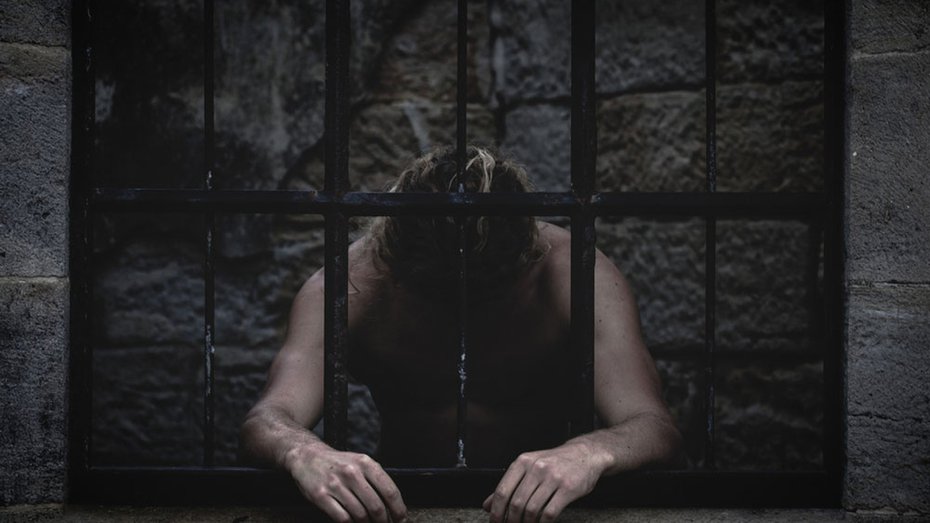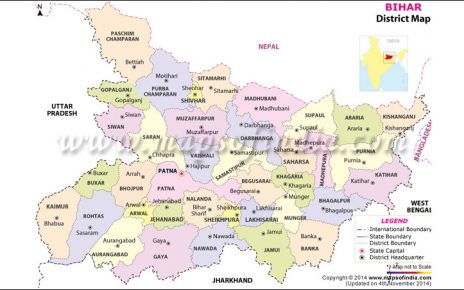Available at The Telegraph
Published 15.03.19
Our antiquated jail manuals need overhauling, and our police need to be able to work free of political pressure
Indians are often unable to tell the difference between vengeance and the popular notion of justice. As a result of this, the use of violence and torture on undertrial prisoners and suspects in custody remains a weapon in the hands of the State and its institutions, particularly the police. These brutalities regularly result in death — government data, as quoted in a report by the Asian Centre for Human Rights, revealed that 1,674 deaths in custody occurred in India between April 1, 2017 and February 28, 2018. That the enforcers of the law are some of the biggest perpetrators of such crimes was evident yet again recently when alleged custodial torture in Bihar’s Sitamarhi district led to the death of two prisoners who had been detained on charges of robbery and murder. The nature of the alleged atrocities is especially gruesome: photographs and videos circulated by the families of the victims indicate that nails were hammered into their bodies. The implications of this are deeply troubling. Not only do they suggest that the replacement of proper investigation with violence and murder as a means to success may not be unacceptable to law enforcers, but also that merely being detained in India can amount to a death penalty.
Making matters worse is the fact that the easiest targets for such violence are people who belong to marginalized communities and other vulnerable sections of society. One of the victims — both belonged to a minority community — had no previous criminal record. The other victim did, but that in no way justified the agony he endured. Would it be unreasonable to wonder whether the alleged violence gains an ominous edge in the atmosphere of hate and polarization prevailing in the country? Where can the kin of victims of custodial deaths seek redress? The prospect of justice for them is slim, especially given the shoddy manner in which the investigation is being conducted — not only have no policemen been named in the first information report filed after the incident, but those that were detained in connection to the crime also mysteriously managed to escape from custody. This highlights one of the roots of the problem: a disregard for rules and procedures that endures because the police are largely believed to be accountable to none except their political masters. Prison authorities are expected to maintain discipline, not torture and kill. That line, however, shall remain blurred till India’s antiquated jail manuals are overhauled, police are sensitized and trained in scientific methods of investigation, and are empowered to work free of hierarchical and political pressures.



